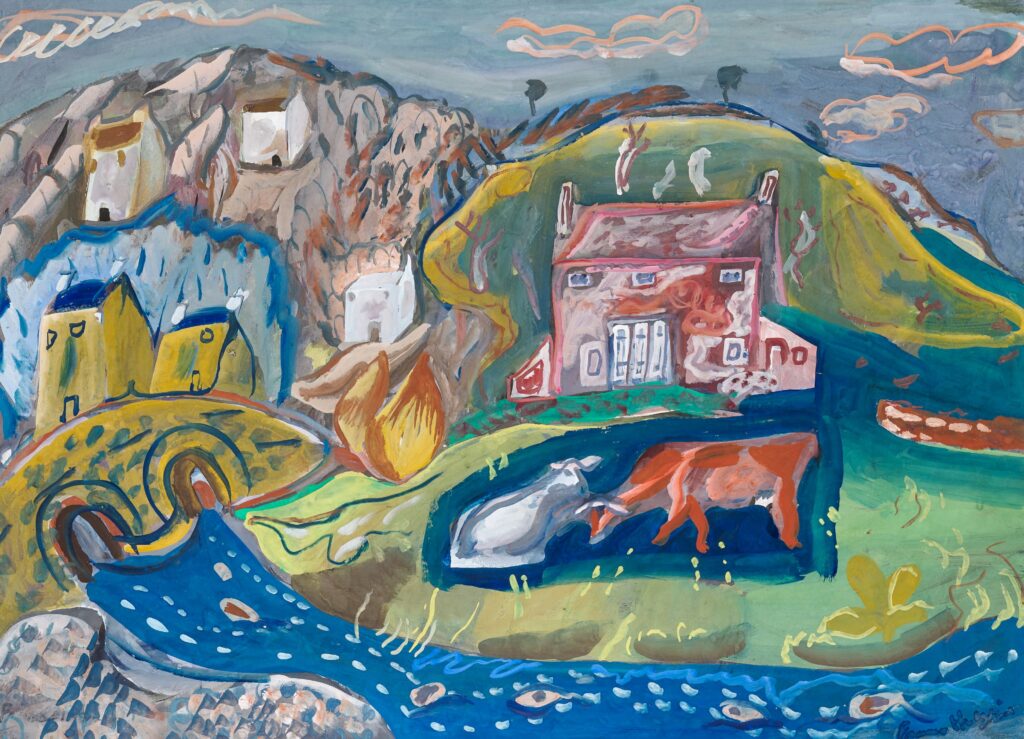Visual Thinking Strategies (VTS) is a research-based teaching method that uses art to develop students’ critical thinking, communication and visual literacy skills. Originally developed by Abigail Housen and Philip Yenawine, VTS invites students to look closely at images – usually artworks – and engage in open-ended, student-led discussions. This approach is particularly powerful in primary classrooms, where it creates space for thoughtful dialogue, cultivates curiosity, and encourages learners to express and justify their ideas without right or wrong answers.
At the core of VTS is the belief that all students can contribute meaningfully to conversations about visual content. The process typically begins with the teacher presenting an image and asking three carefully crafted questions:
- What’s going on in this picture?
- What do you see that makes you say that?
- What more can we find?
These open-ended prompts invite observation, interpretation and reasoning. The teacher acts as a facilitator – not a provider of answers – by paraphrasing student responses, pointing to evidence in the image, and encouraging others to build on ideas or offer alternative perspectives. A great benefit of this model is that it doesn’t require teachers to have any knowledge of image content or art history.
In a primary classroom, VTS can be seamlessly integrated across the curriculum. In literacy, it can support inference, description and vocabulary development. In humanities or science, it can prompt inquiry into historical events or natural phenomena depicted in the image. VTS discussions also align with social and emotional learning goals, as they promote respectful listening, turn-taking, and appreciation of diverse viewpoints.
Importantly, VTS fosters a non-judgemental classroom culture. There are no right or wrong answers – just interpretations backed by evidence. This reduces anxiety for students who might otherwise hesitate to speak, and it empowers all learners to take intellectual risks. Over time, students become more comfortable articulating their thoughts, considering alternative perspectives, and supporting their ideas with evidence – all hallmarks of critical thinking.
To implement VTS effectively, choose images that are rich in detail and ambiguity, offering multiple layers of meaning. Avoid images that are too abstract or culturally specific unless they are supported with appropriate context. Keep the discussion student-centred, resist the urge to explain the image, and trust the process.
Here’s an example of VTS being used as the backbone to a unit of work that explores culture, identity and community with primary-aged students: https://thecurvedhouse.com/generation-visual-primary-education-project/
Visual Thinking Strategies can transform the way students engage with visual information and with one another. By anchoring discussion in shared observation and valuing all contributions, VTS builds a classroom culture where curiosity and critical thinking thrive.



